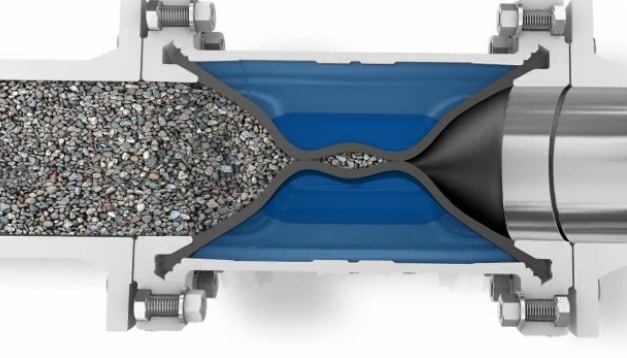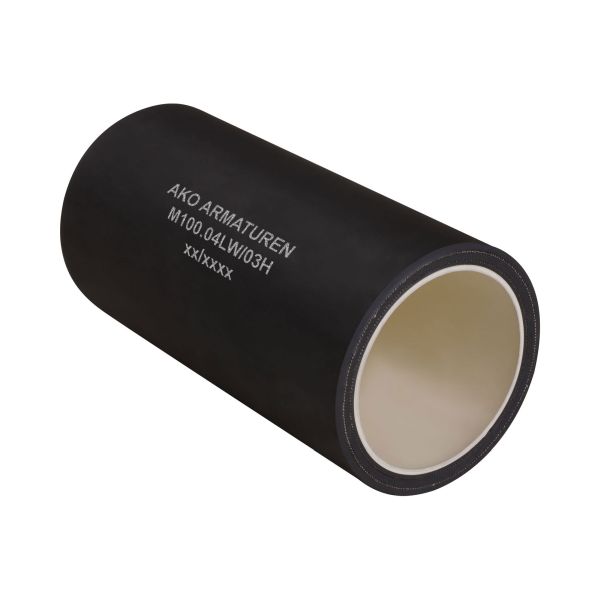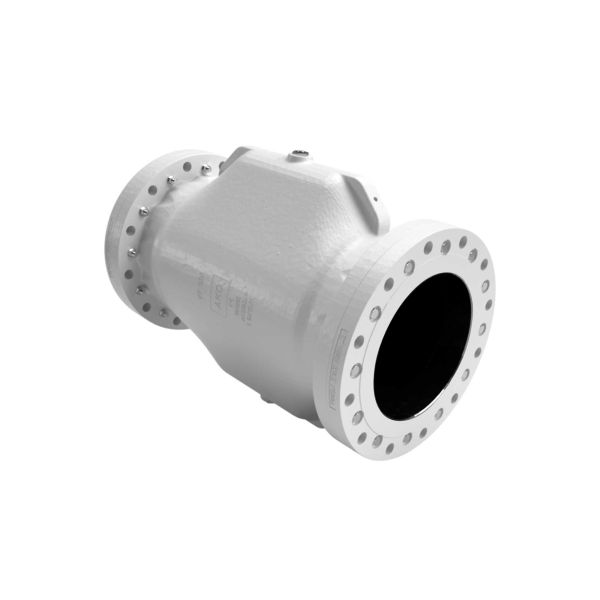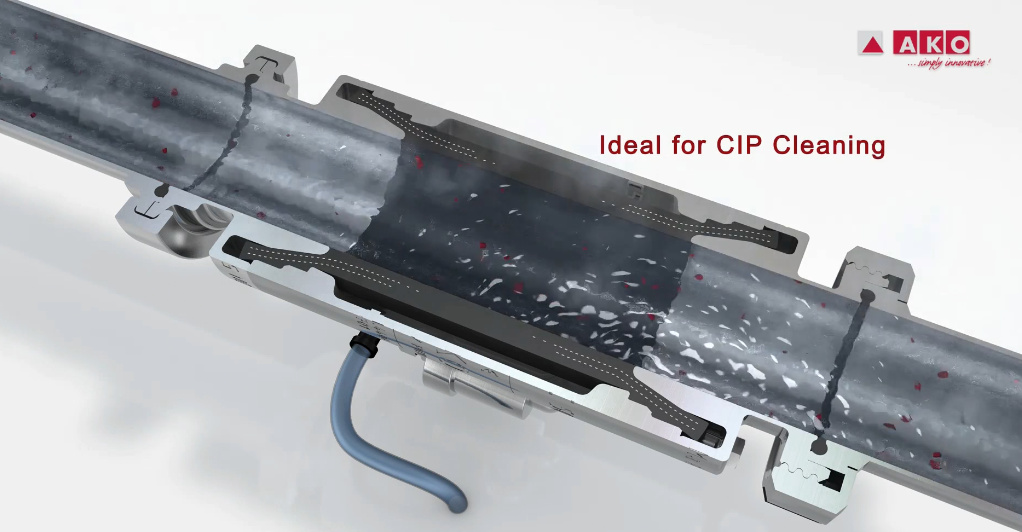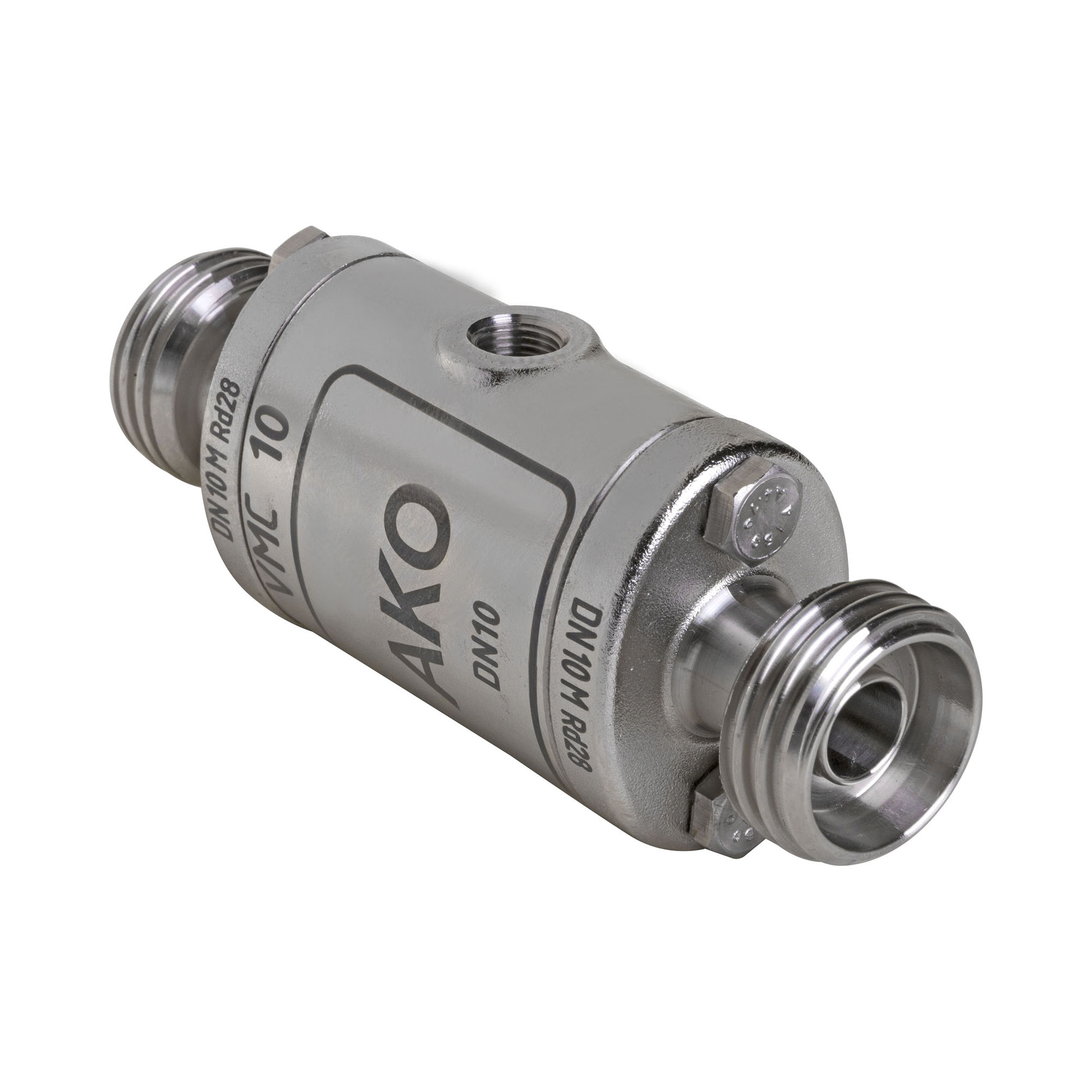Low Blocking Valves – How They Work
Low blocking valves of the rubber squeeze type (commonly recognised as the Pinch Valve) are extremely good at keeping a free passage with no dead spots or blockages. They are either operated pneumatically using compressed air, or manually with a hand wheel.
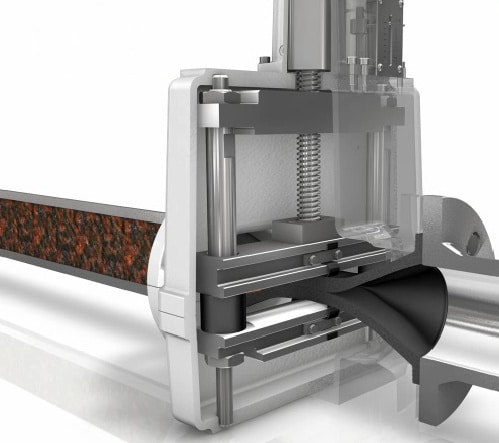
Manually operated low blocking valve closed with spring pistons
Both types have a specially constructed rubber sleeve or hose inside the body of the valve, which has a very high resilience and is exceptionally durable. Even when used on aggressive or corrosive media, the sleeves come in different types of rubber so can handle almost every application. For the valve to close, the rubber sleeve or tube is compressed down inside the body, and closes tightly to shut off any media. If the media is made up of large particles the sleeve will still close around it.
The pneumatic type of low blocking valves have a threaded air hole on the side of the body where compressed air is supplied. Once the inner body/chamber of the valve is full with air, this makes the rubber sleeve collapse and close tightly to fully shut off the flow of product.
Similarly, with the manual type of low blocking valves, the sleeve is also compressed to shut off the product flow, but by turning a hand wheel on the top of the valve this pushes pistons down onto it to close.
Low Blocking Valves Applications
Both air operated and manually operated low blocking valves are suitable for a diverse range of different applications. These include sewage treatment, water technology, aggregates, sand, flour, sugar, minerals, powders, agricultural fertilizers and chemicals, breweries, pharmaceutical areas, all kinds of food stuffs, and many more. The valves are also suitable for use in explosive atmospheres and can be conformed to ATEX / EX Zones 0, 1, 2, 21 & 22.
For more detailed information on types of suitable industries and media these valves can be used for please visit the pinch valve application area.
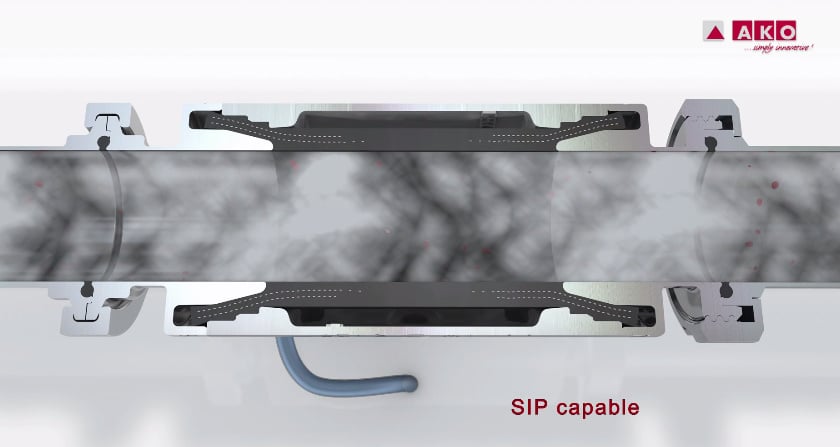
Low Blocking Valves Case Studies
Low blocking valves by AKO are also SIP capable which means sterile in place using steam. Many engineers and users of the low blocking pinch valves have positive things to say about the products and would recommend them to others. But don’t just take our word for it, see for yourself by reading some of our customer pinch valve case studies.



